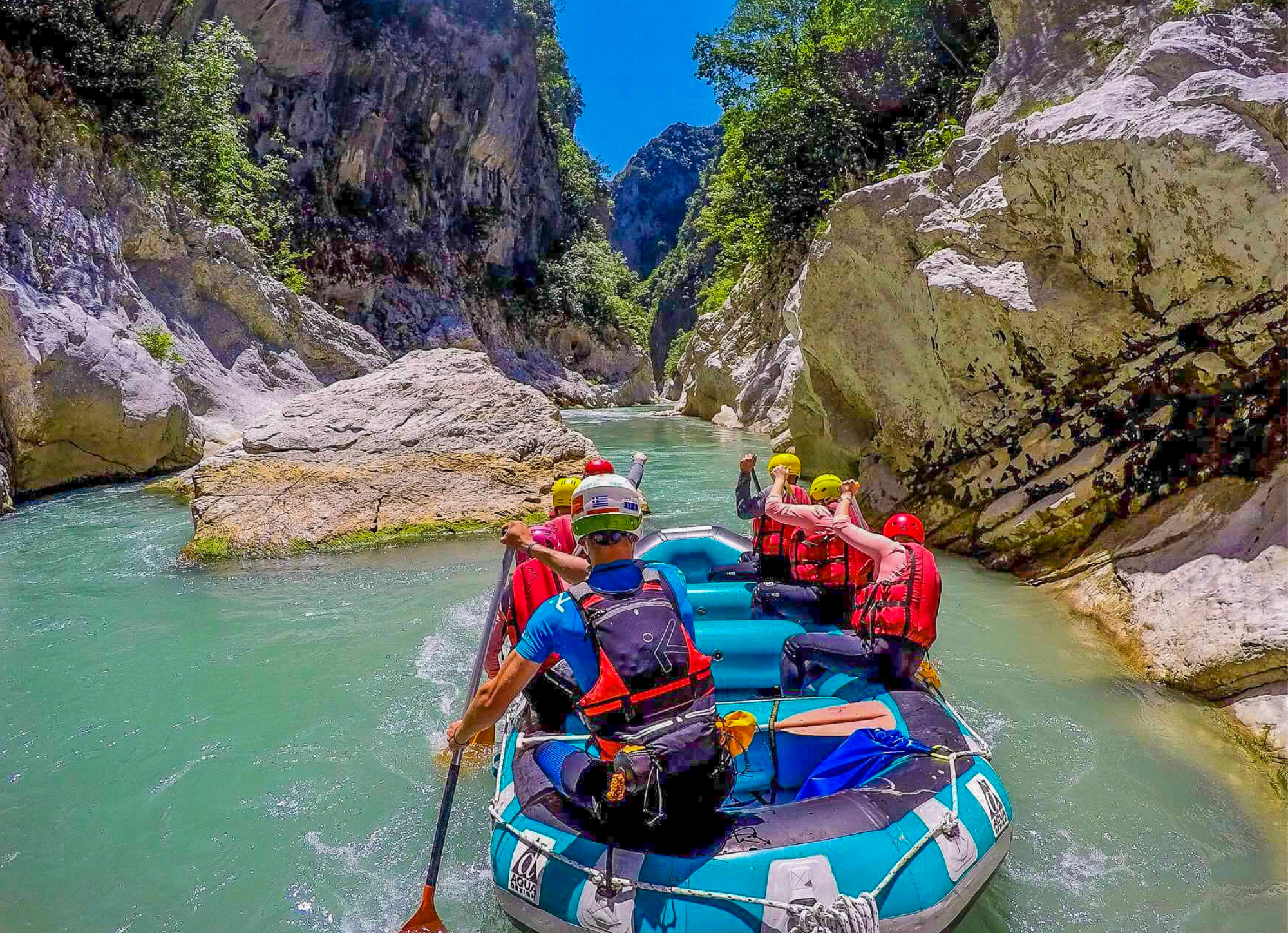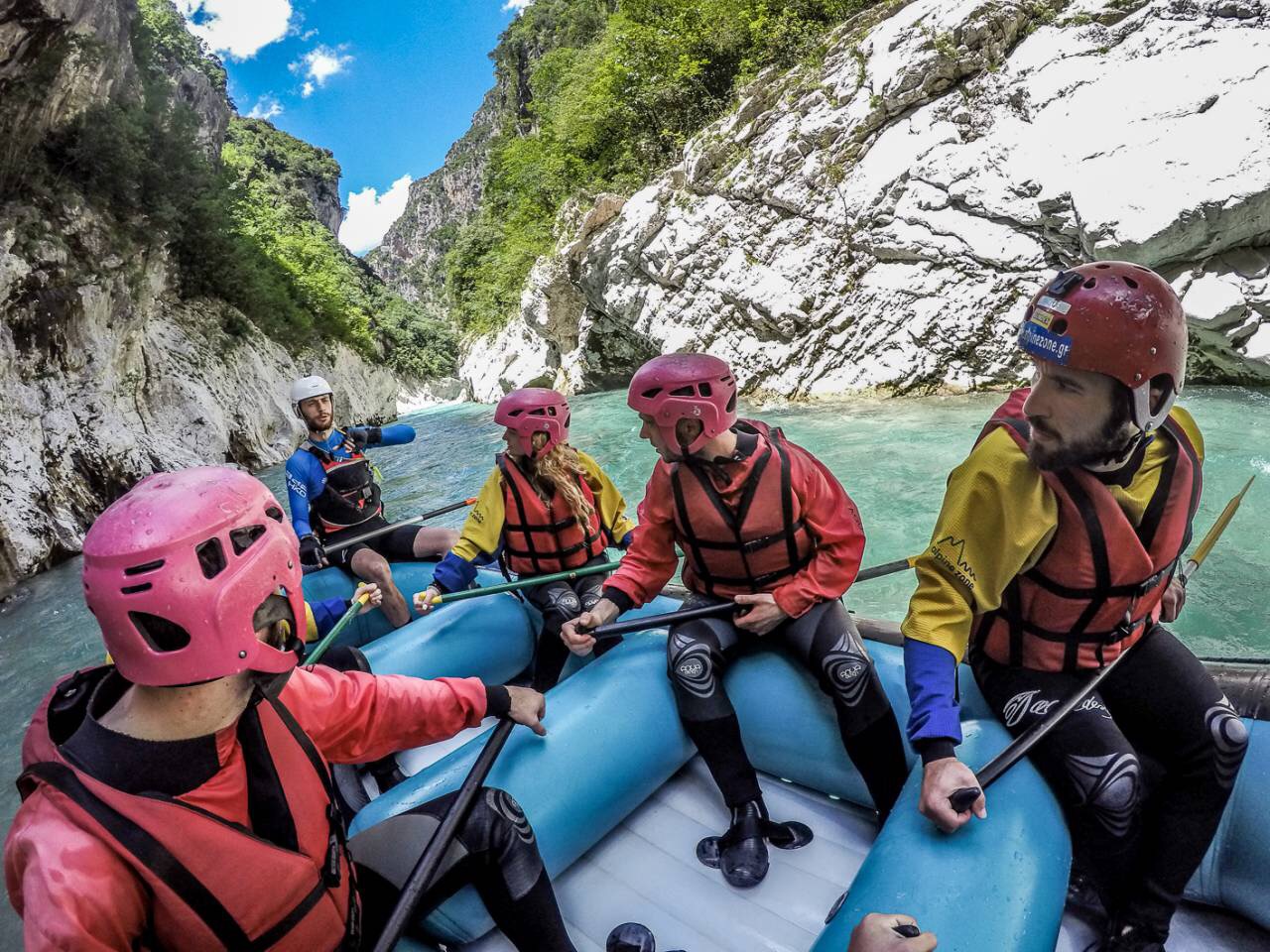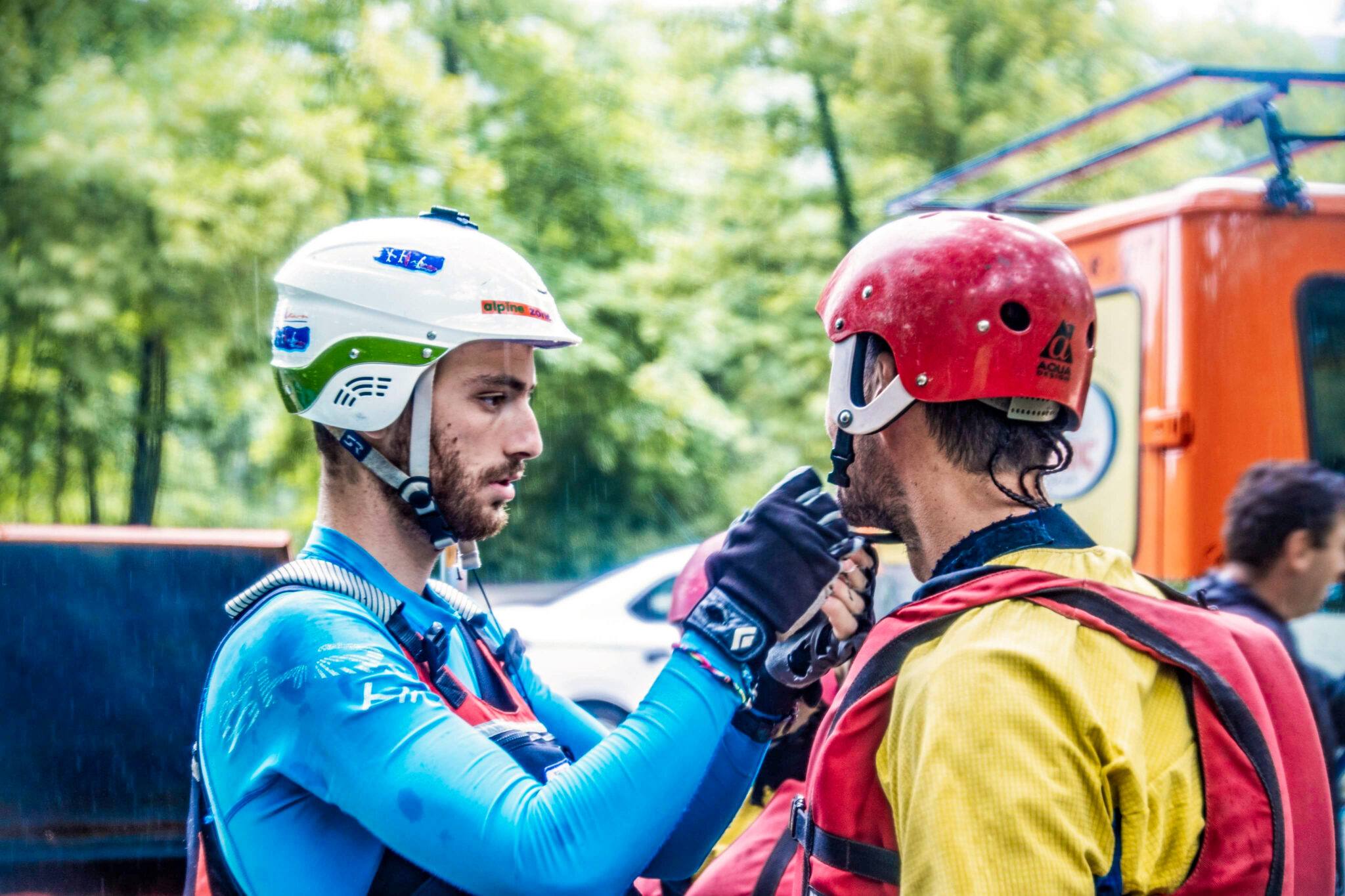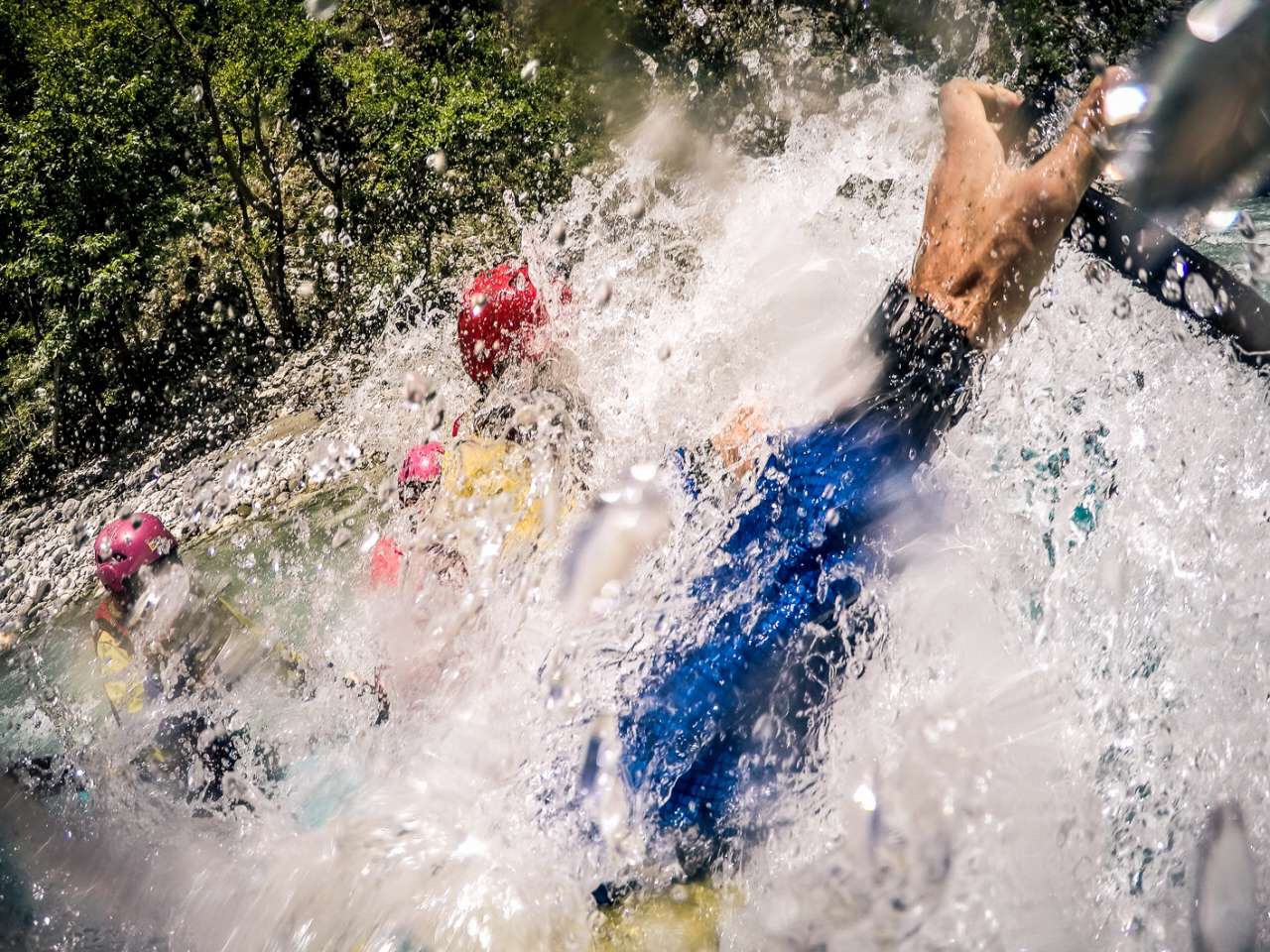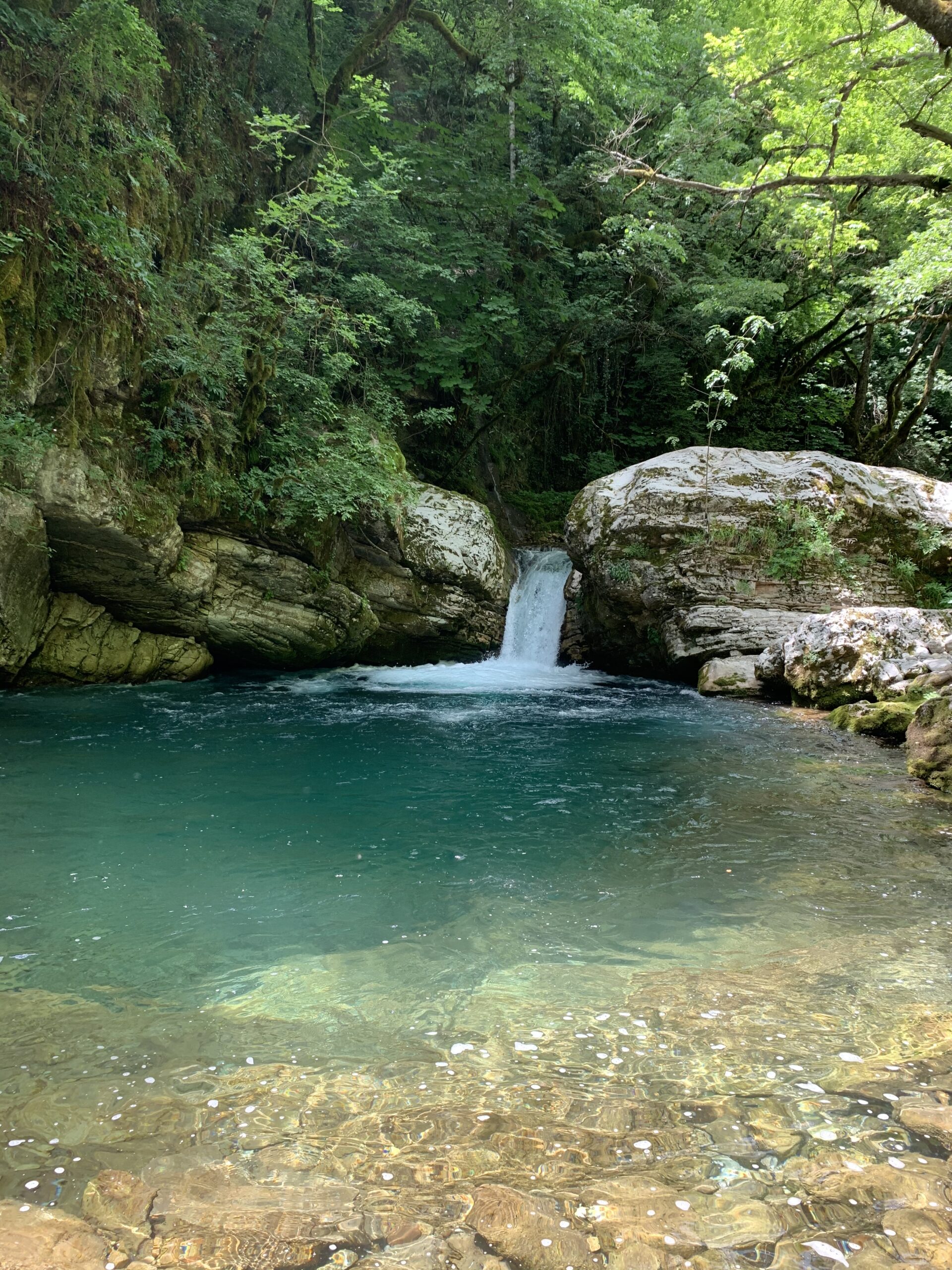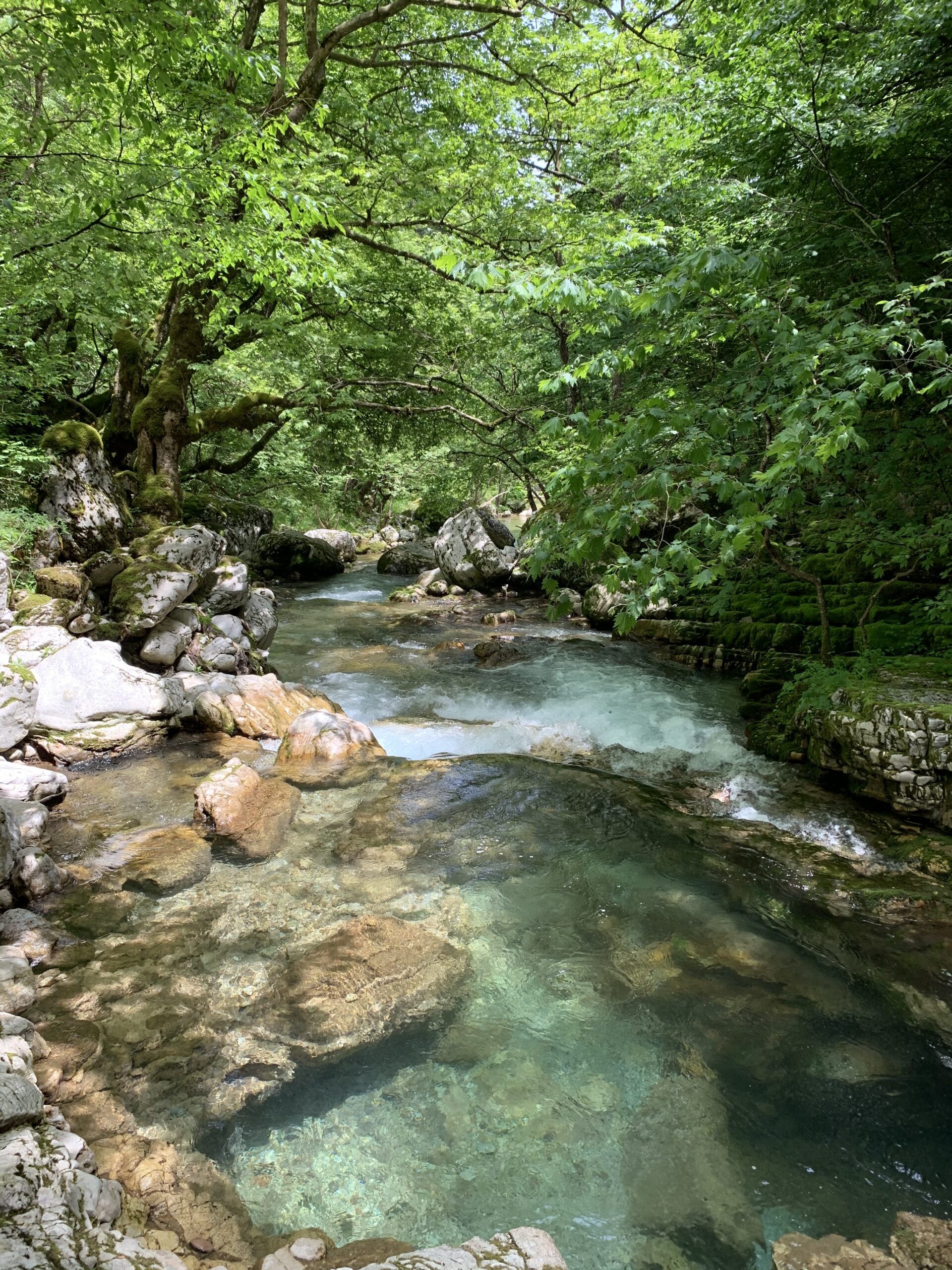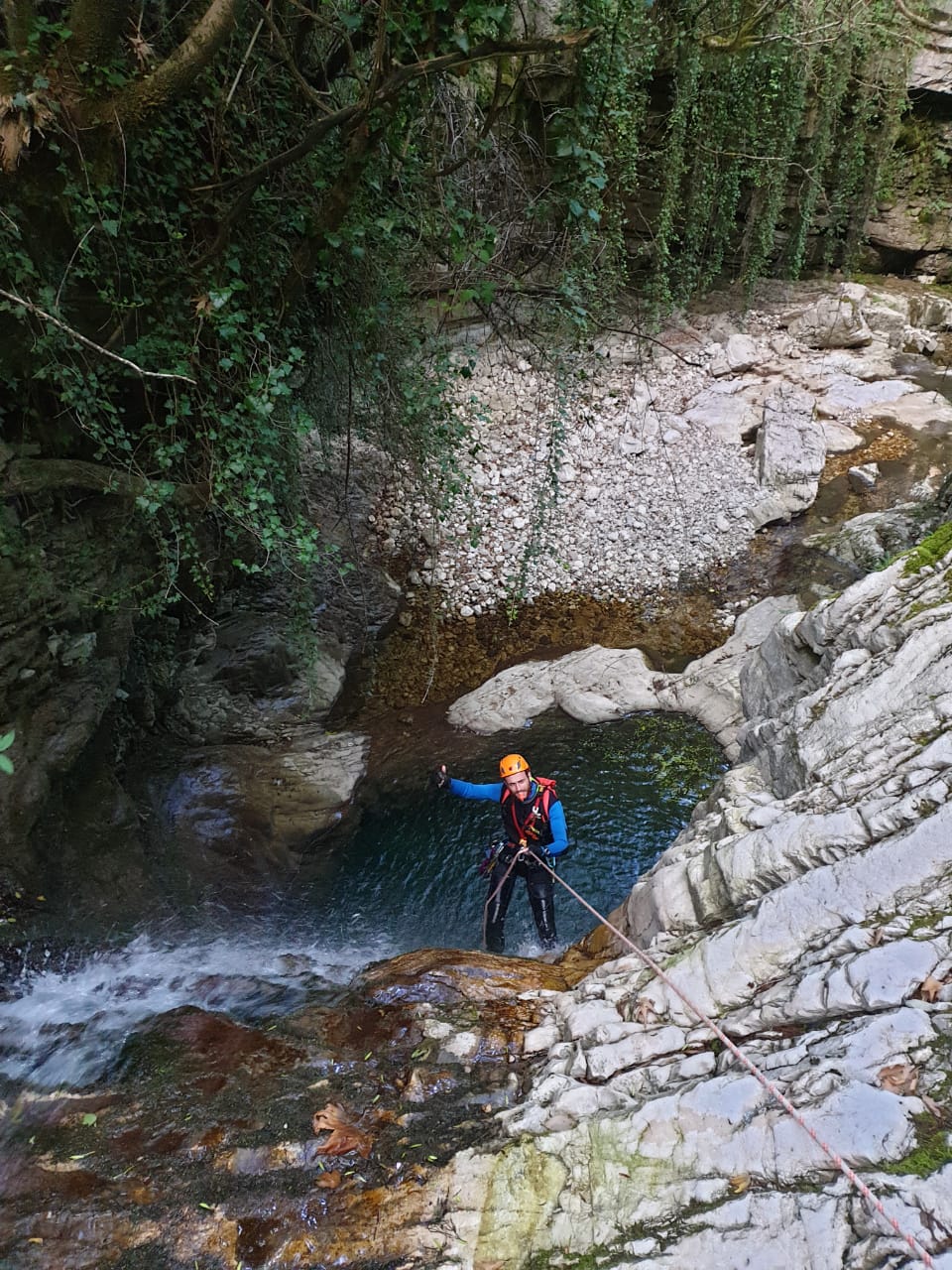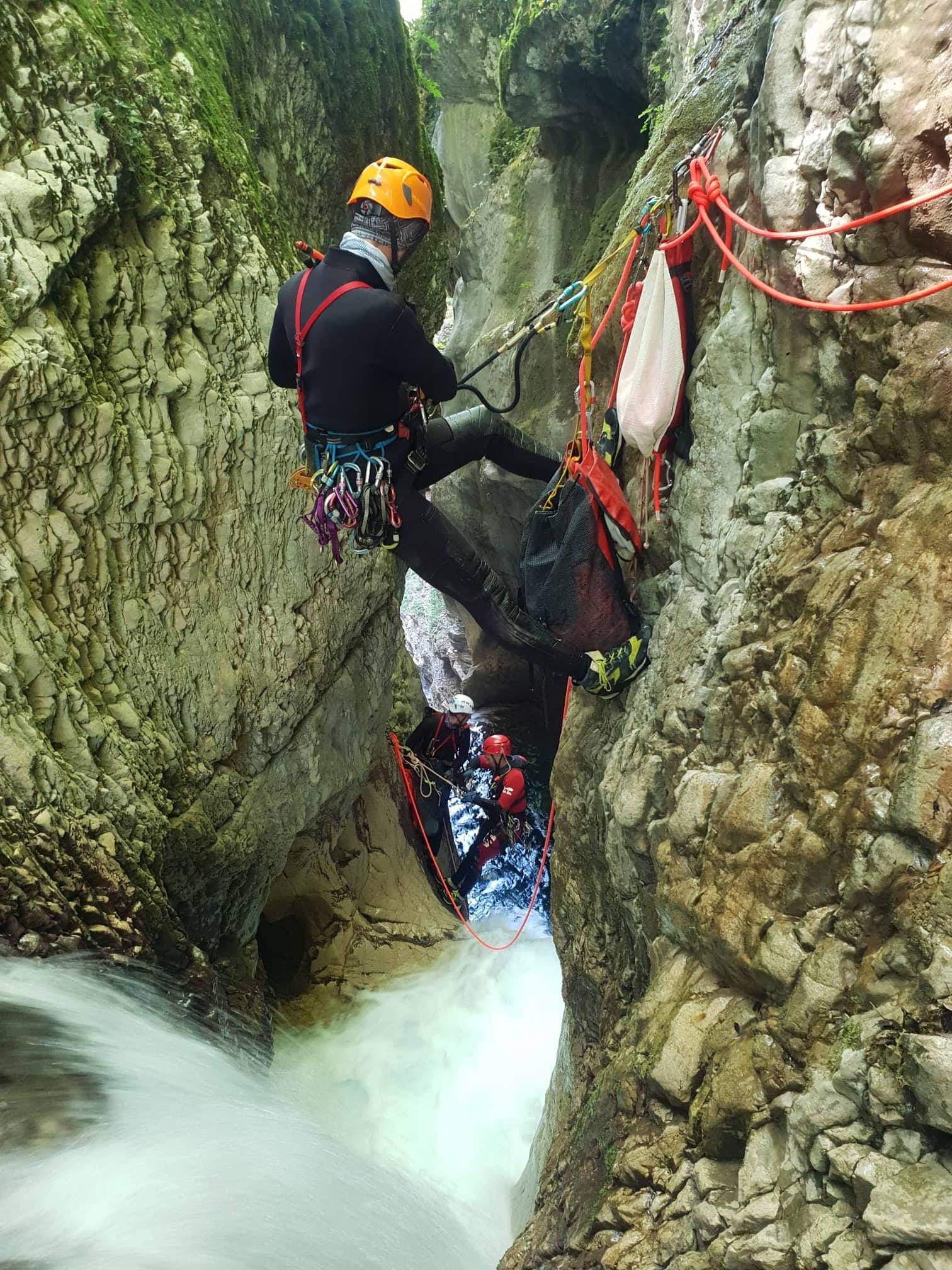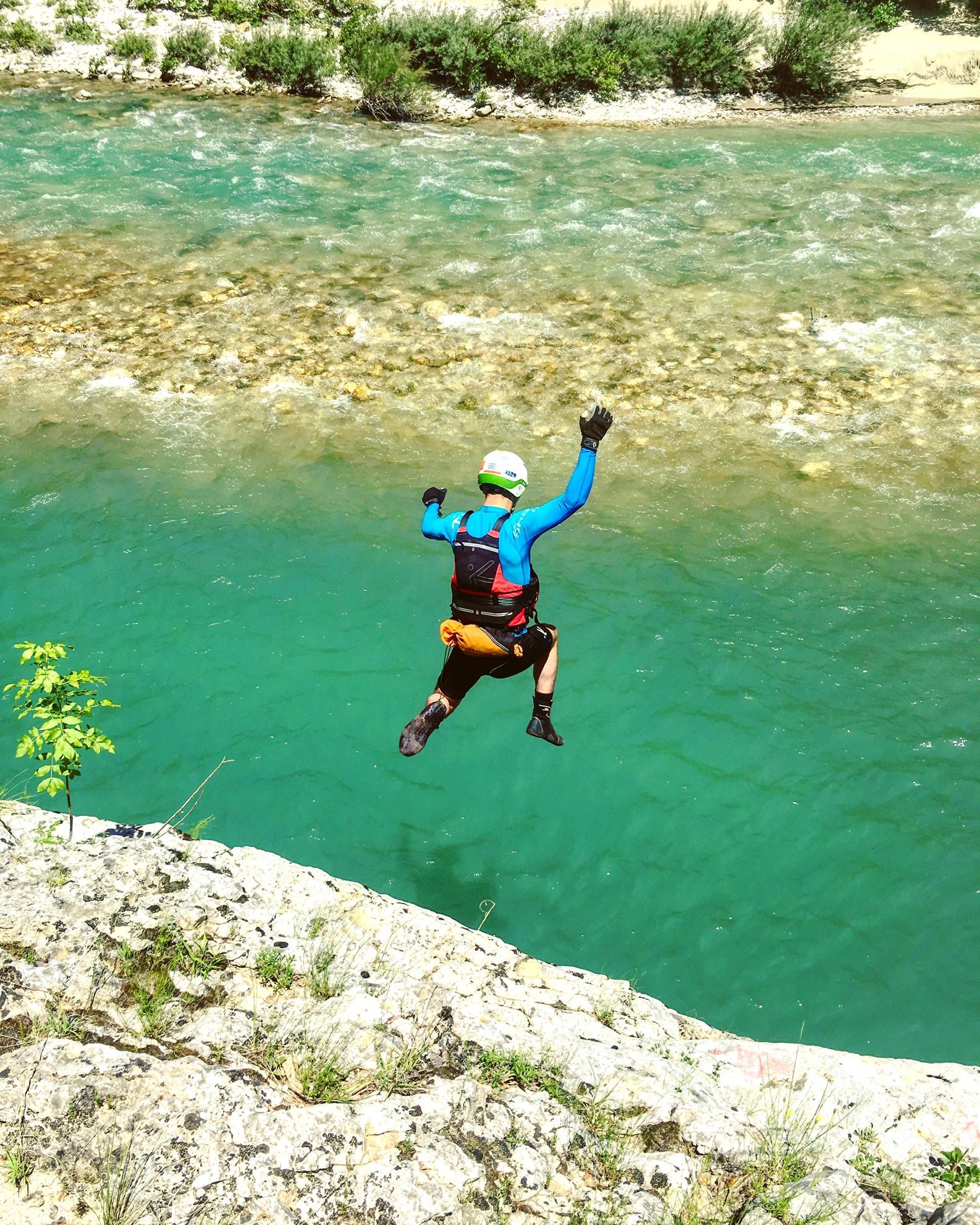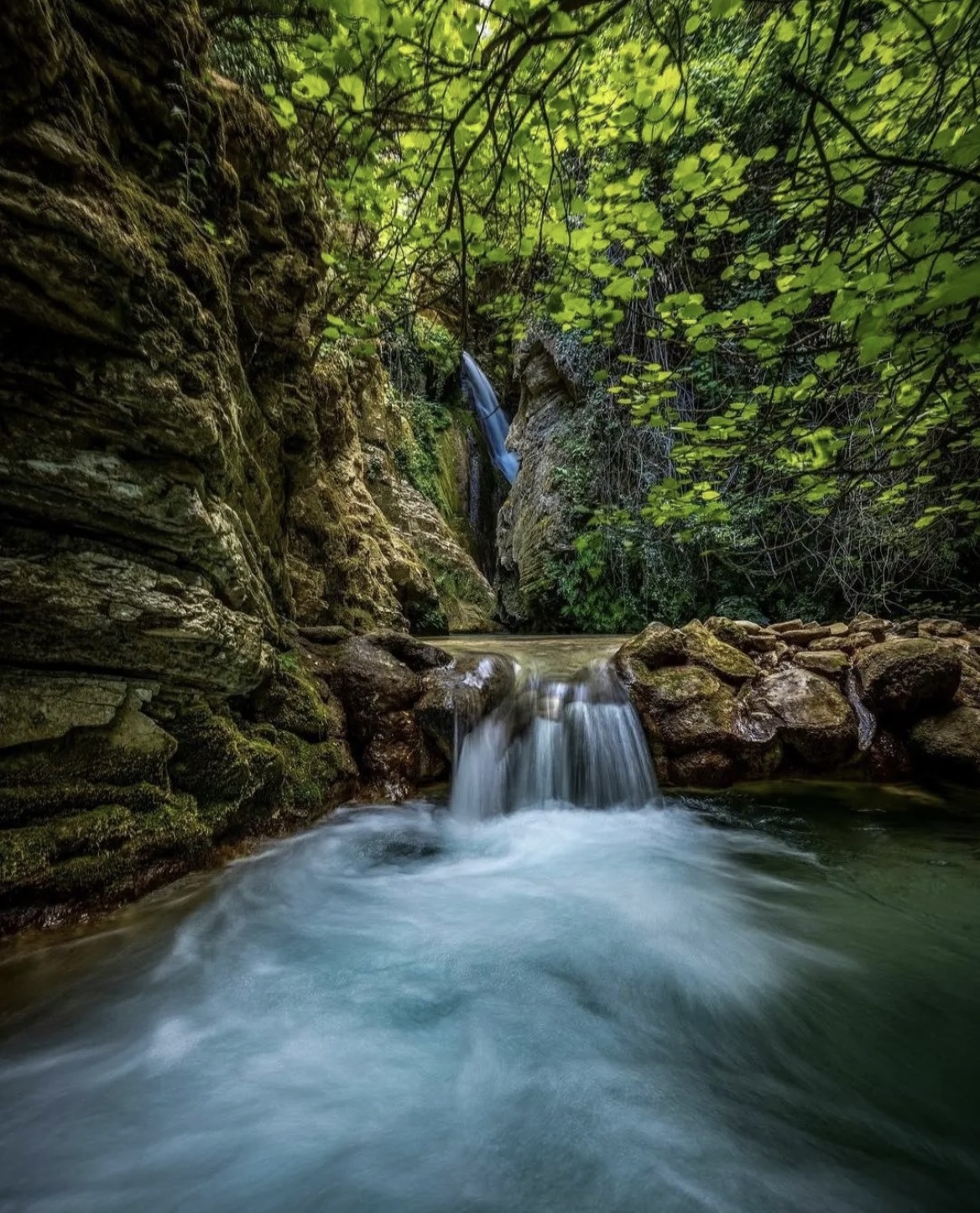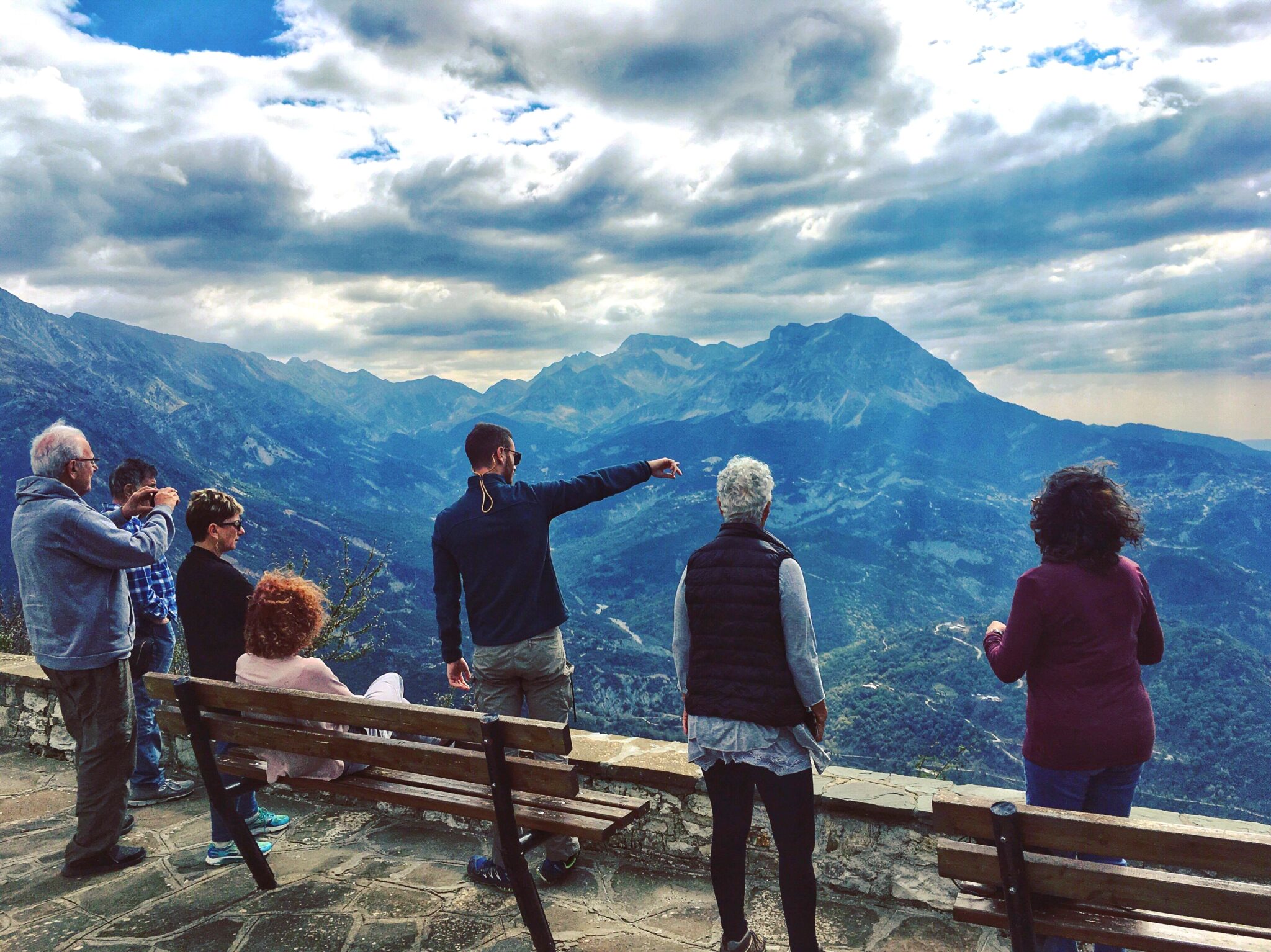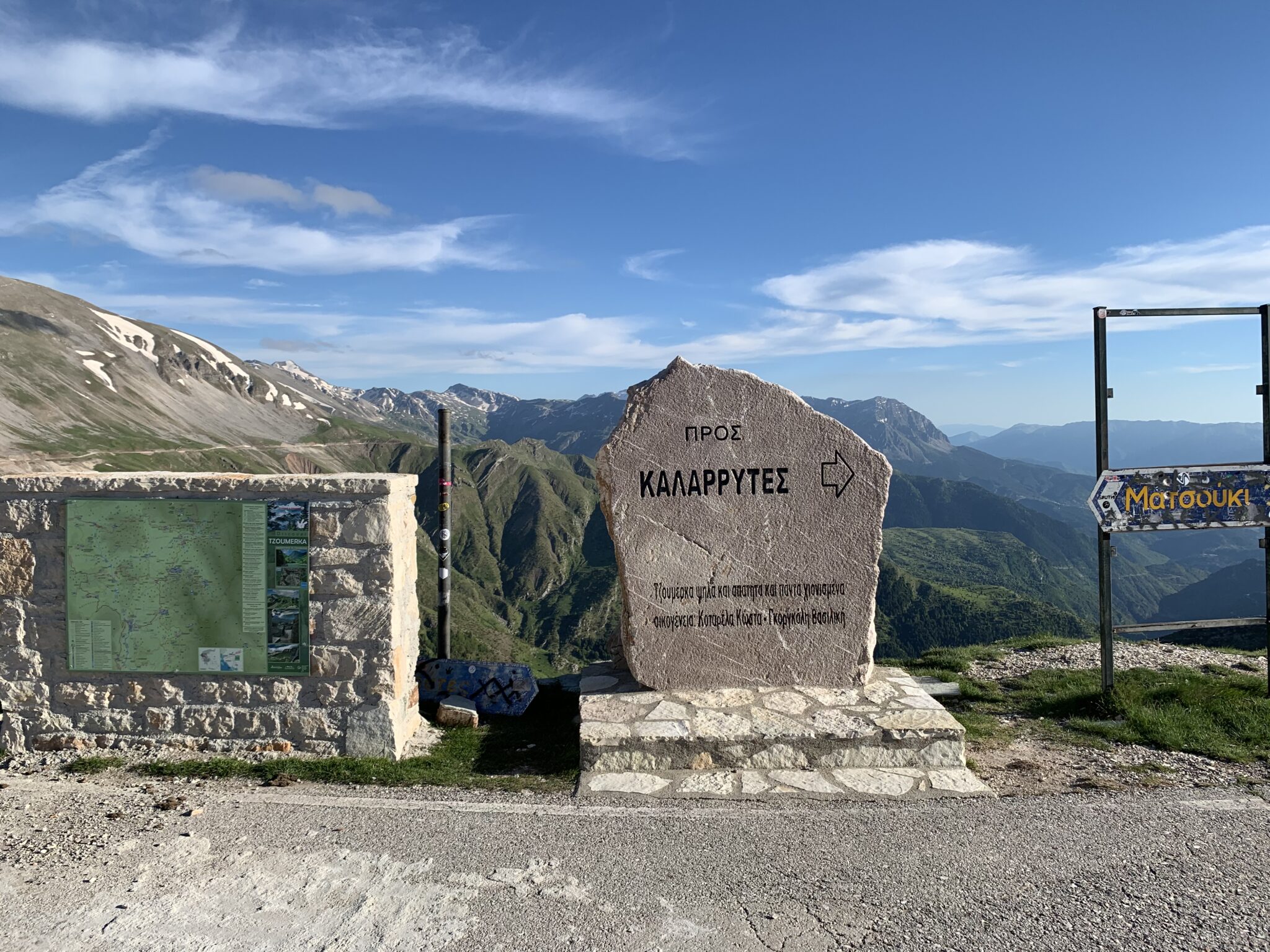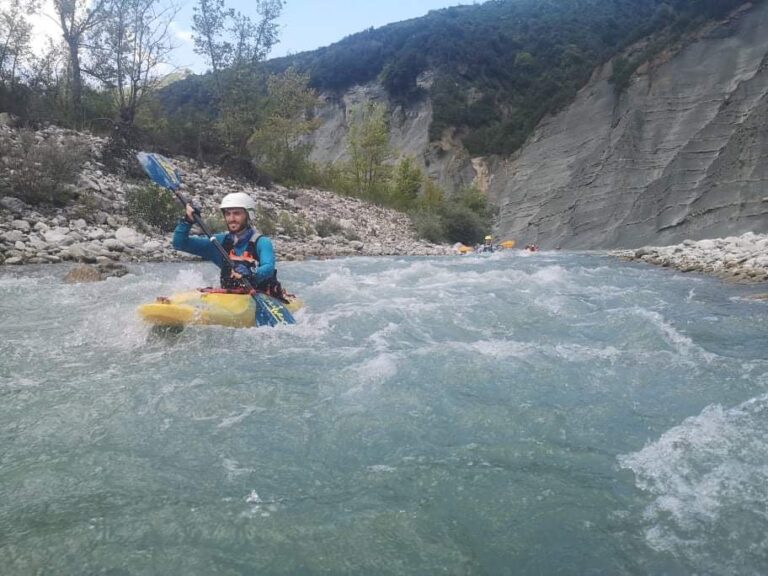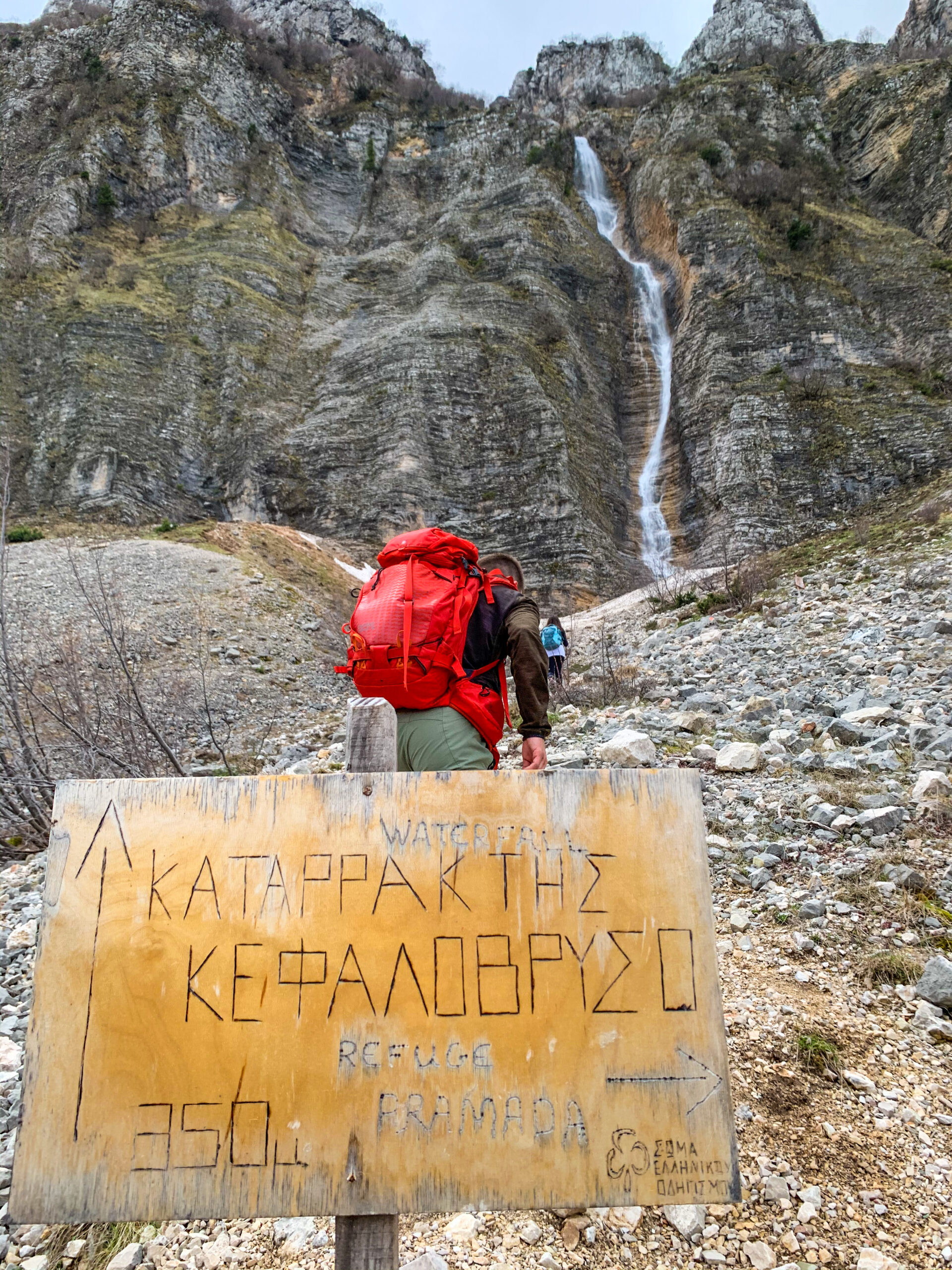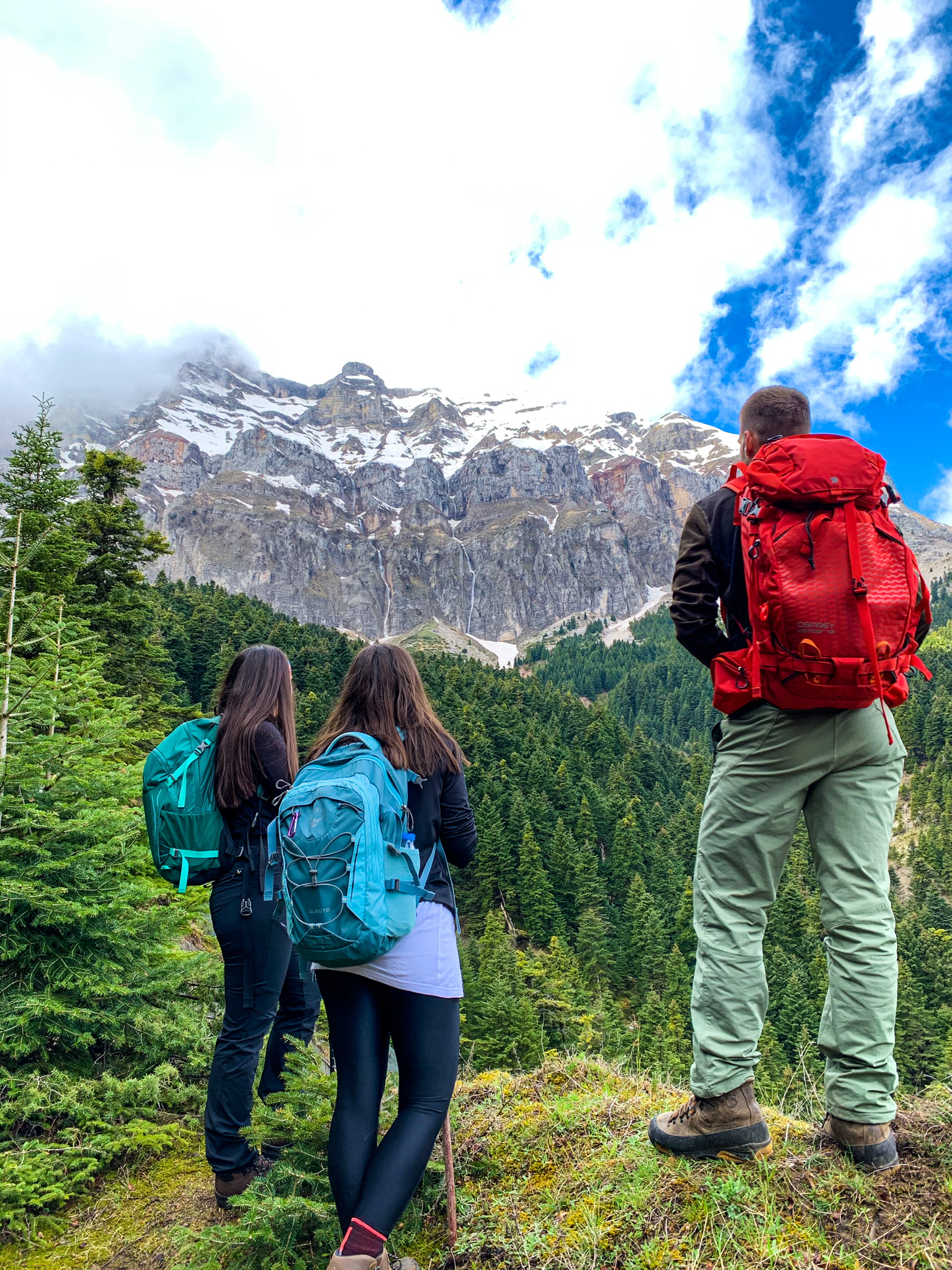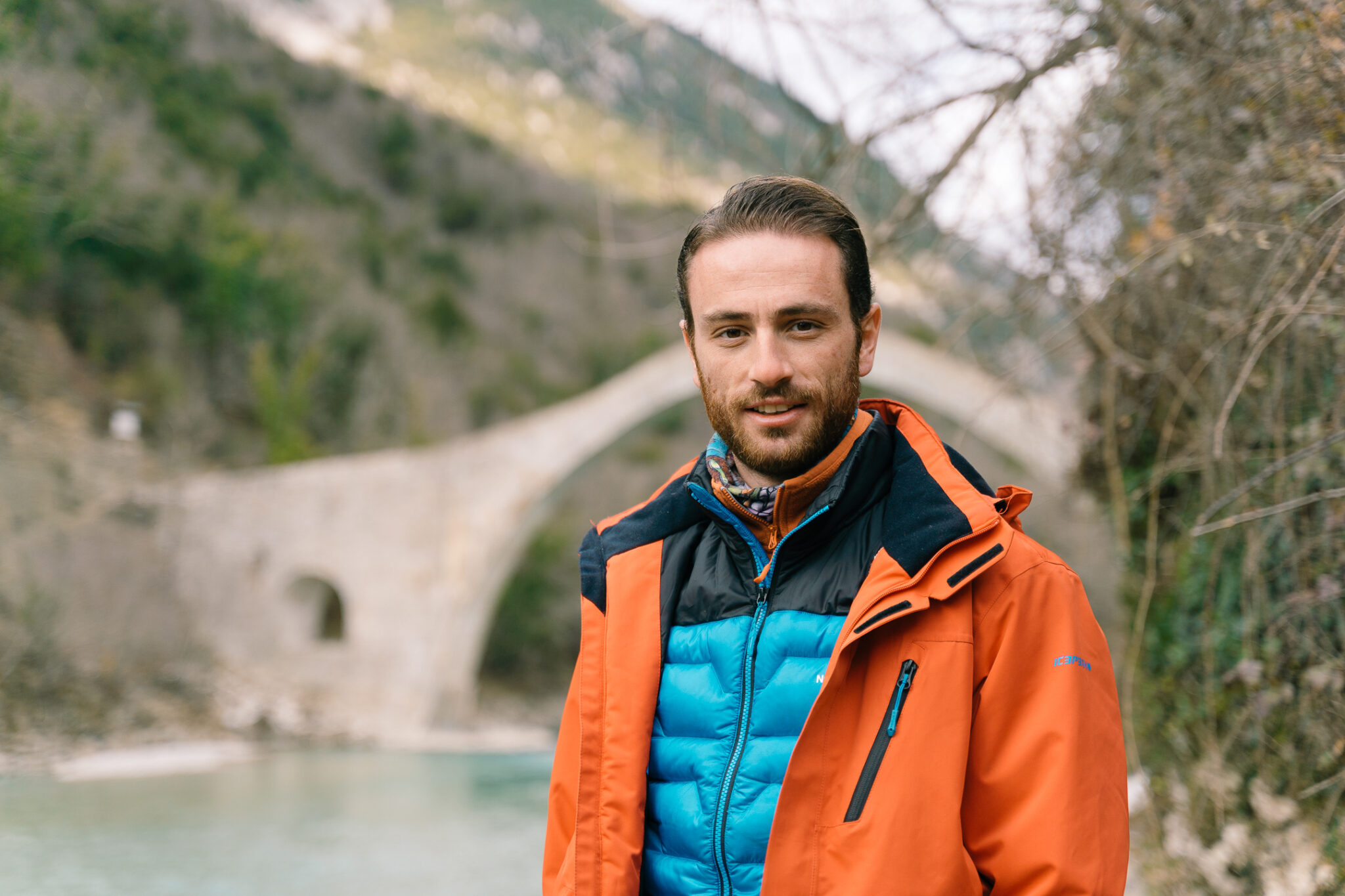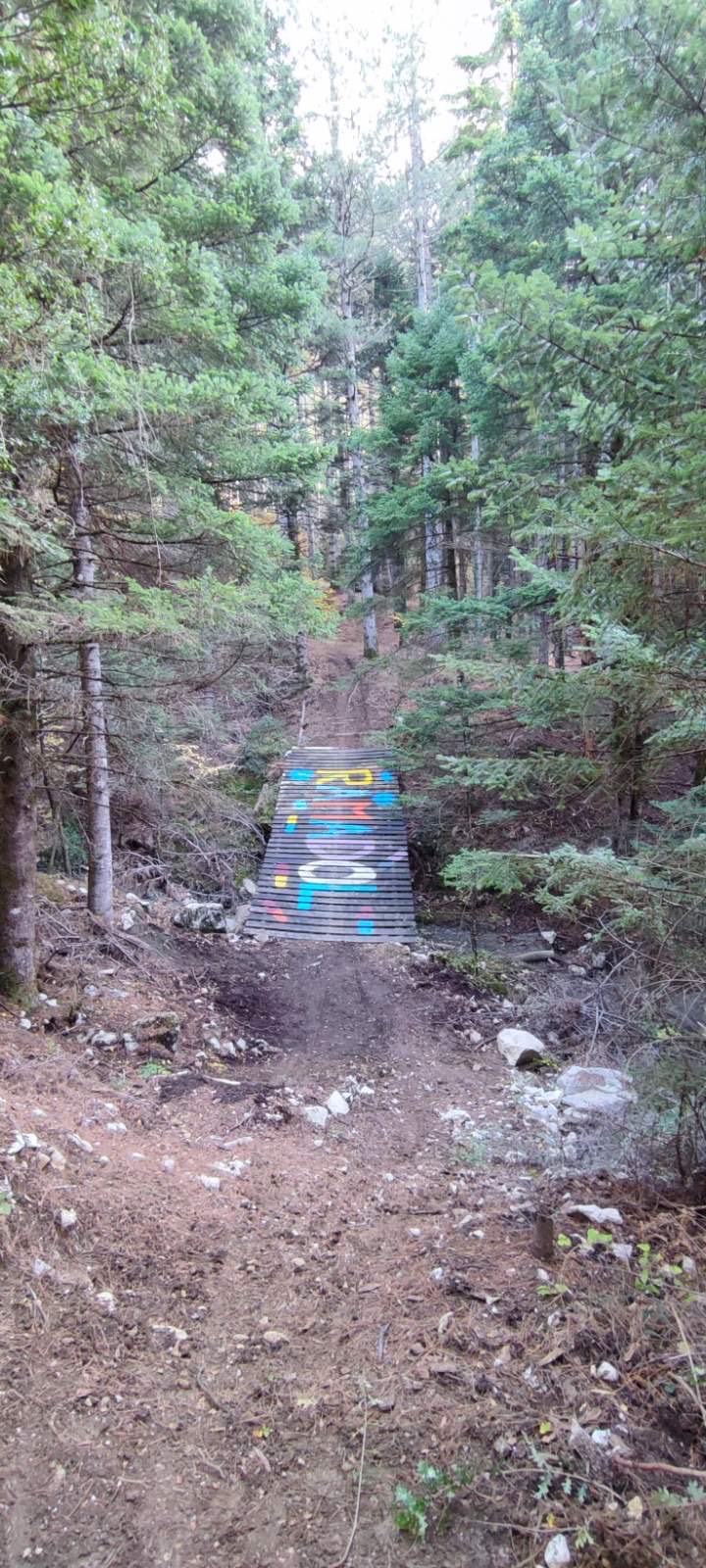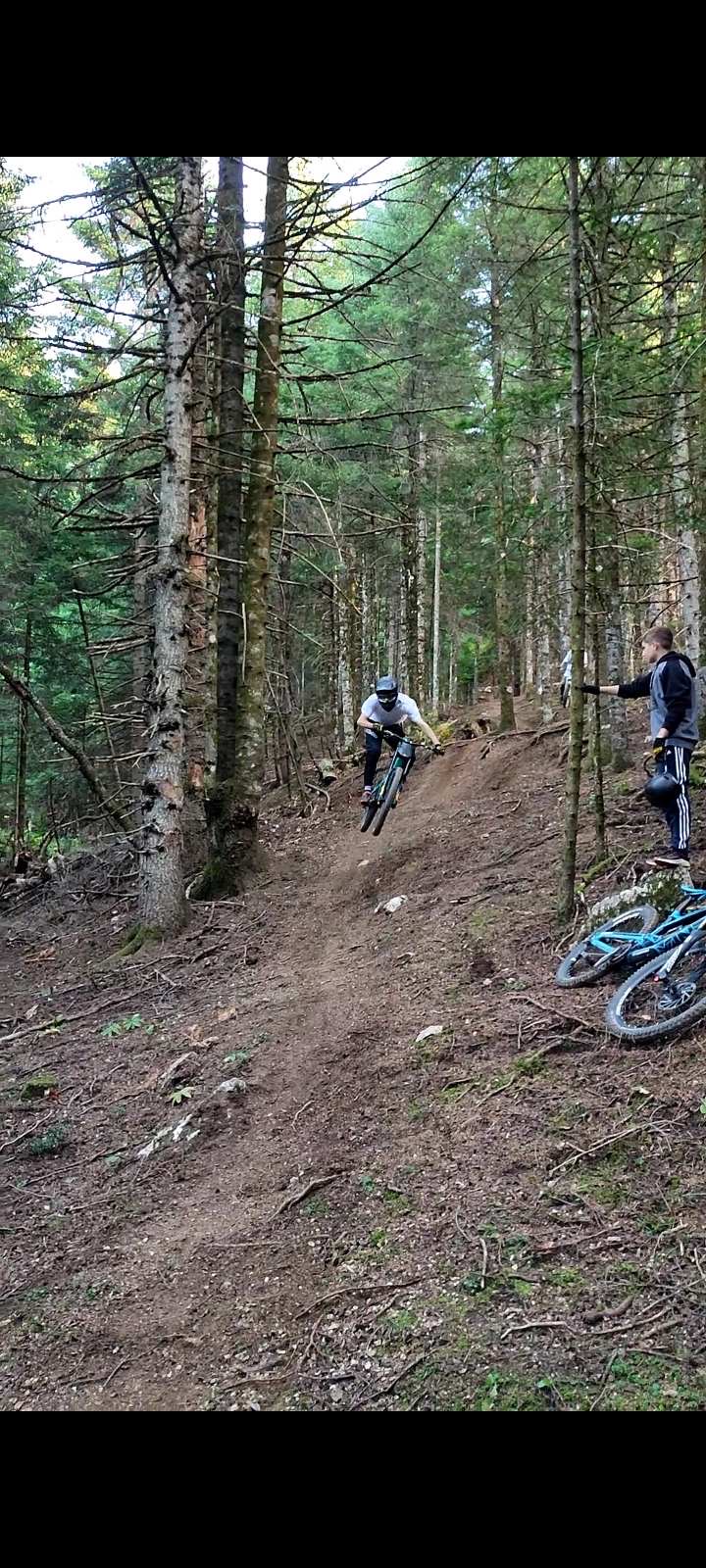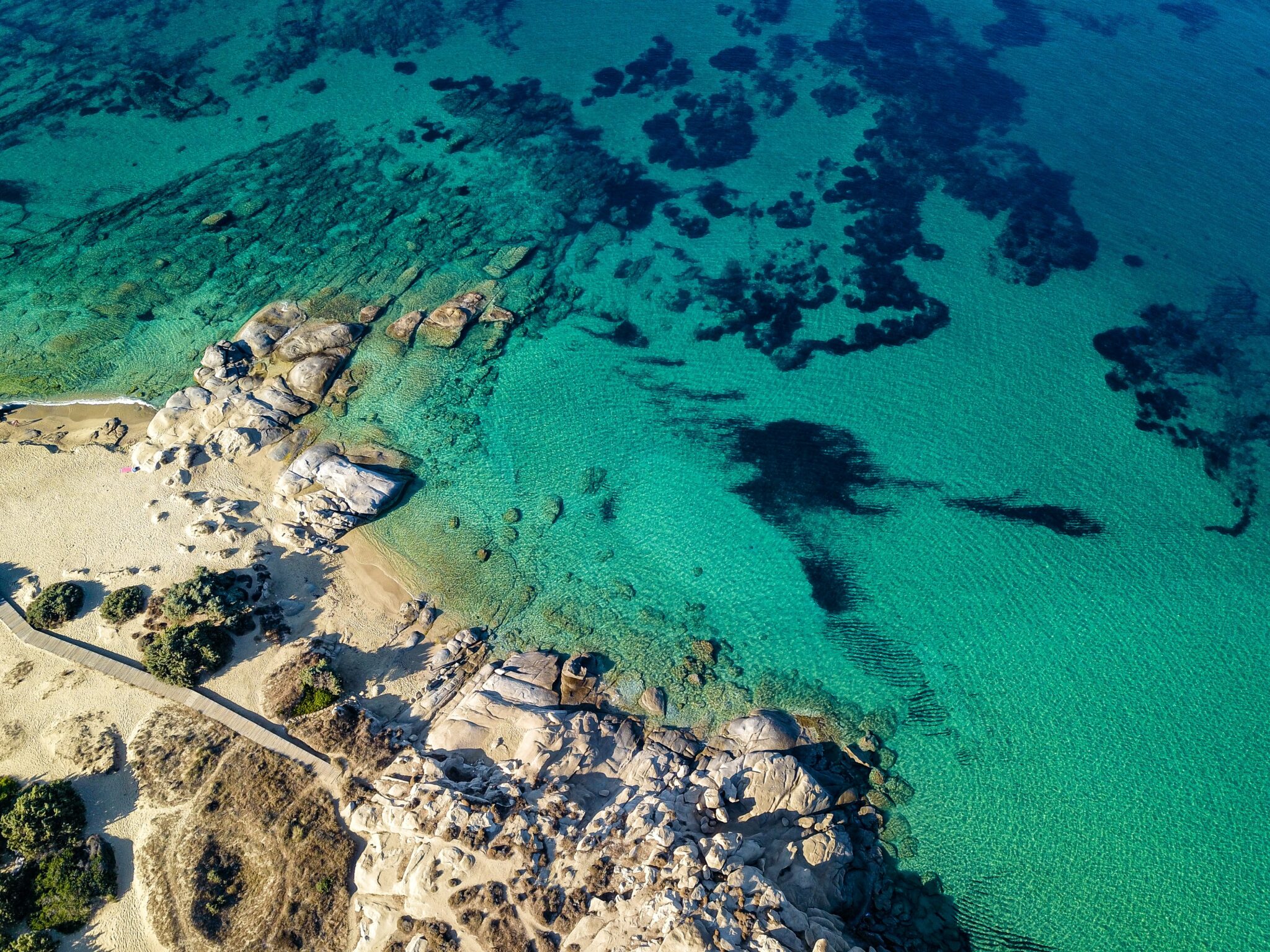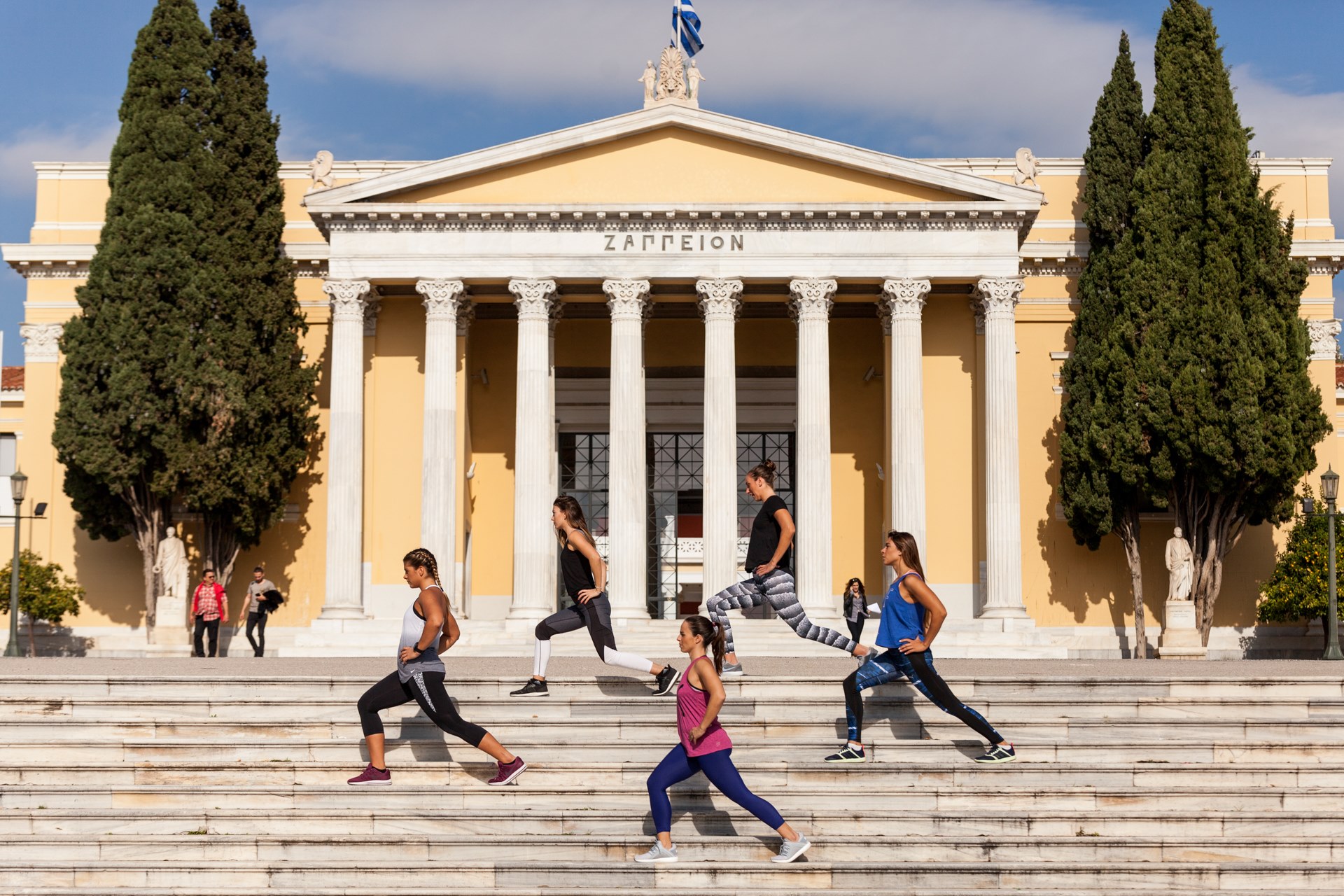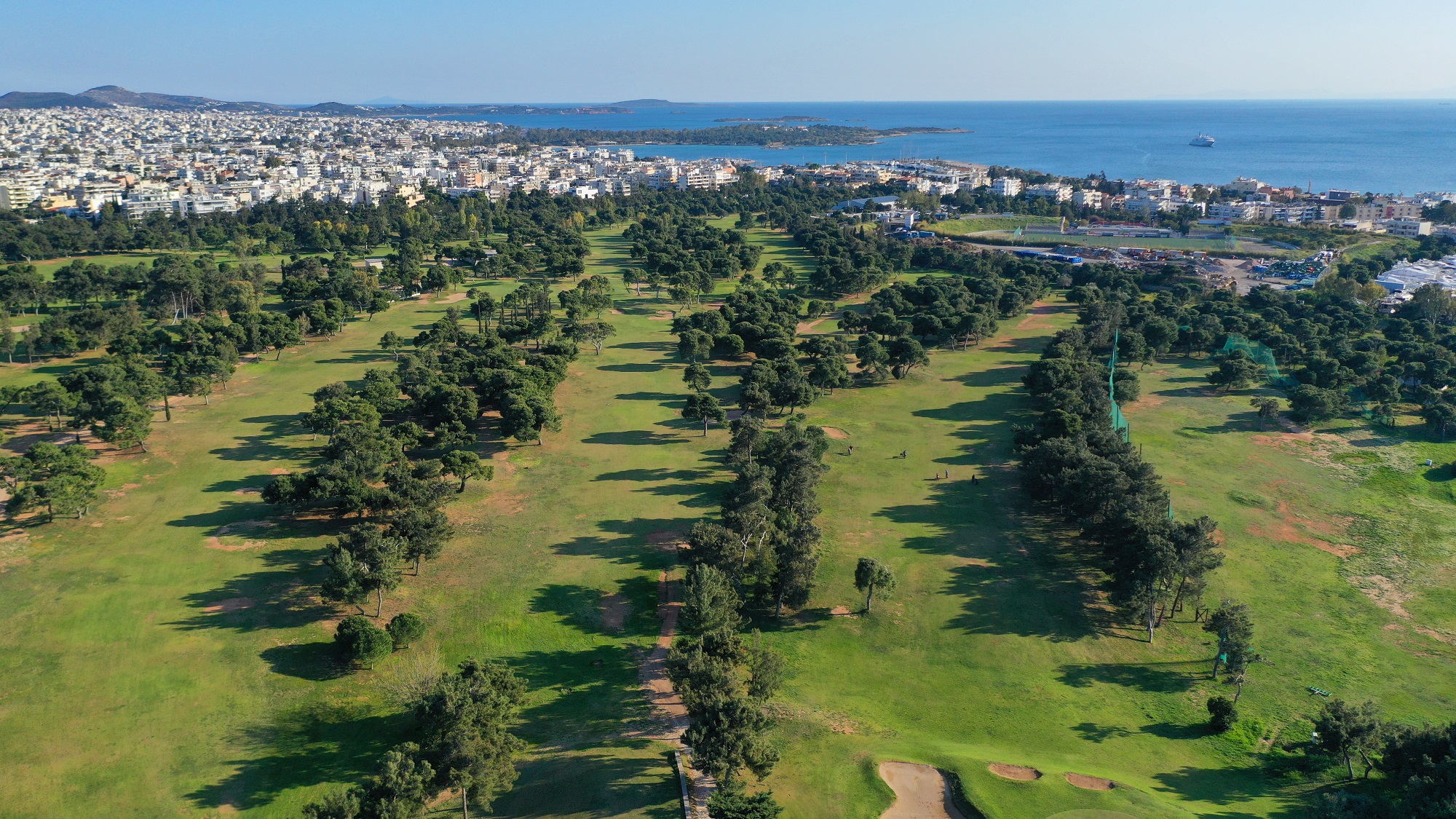A few months ago, while on a work trip in Cyprus, for a tourism-related event attended by sector officials and professionals, one of the participants, Hristos Tasoulas, an energetic and enterprising young man, spoke to me with plenty of enthusiasm about his homeland, northwestern Greece’s Epirus region, where he works as a mountain guide and assists with various other recreational activities. Once the Cyprus event had ended, a meeting was arranged for the heart of Epirus, at Tzoumerka.
Just weeks later, we reached Epirus to report on the region for Travel.gr. Hristos, our local connection, had prepared a schedule of things to see and do in Tsoumerka. He took us to villages, traditional cafes, as well as hospitable homes of people he knew for interesting points of view on the region. In a single day, we covered countless kilometres, encountered a variety of weather conditions, reached mountain refuges, tried unique food, and just kept learning new things. Hristos gave us the impression that he knew the region like the palm of his hand. Courtesy of his expertise, we took shortcuts without missing out on anything interesting, while he also arranged for meetings with knowledgeable people at various attractions.
Hristos insisted that we visit the Anemotrypa cave, and, as it turned out, was dead right. We spoke about interesting activities for Tzoumerka visitors. He had a tough time limiting his recommendations to eight, as we requested, but ended up managing. Below, we present eight special activities that can be enjoyed in Tzoumerka, as recommended by Hristos Tasoulas.
Rafting at the Arachthos river
The Arachthos river has become synonymous with alternative activities, a meeting point for individuals seeking authentic experiences in nature. This river’s source is in the Pindus mountains’ northern section. It flows into the Amvrakikos Gulf. Along the way, the stream offers great beauty, drawing visitors closer to the nature. We chose to go rafting at the Arachthos river, along a stretch roughly 10 km long, starting at the Politsa river in Abelohori and ending at the bridge in Plaka.
The route is filled with impressive natural beauty, the highlight being when we passed through the narrowest point of the gorge. Its towering rock sides, which, from below, seemed as if they would touch at the top, was a magical spectacle. The route reached its end soon after this point, at the single-arch Plaka bridge, which, following its collapse, was entirely reconstructed to fully resemble the original structure.
At the Kouiasa stream
The spectacle is truly magnificent at the bridge of the Kouiasa river, also known as Damiris, running alongside the road for approximately 5 km, before Kalarrytes. We parked our car on the side of the road and took a trail beginning from a stone shrine that led us to the bridge, before continuing for a traditional café and a waterfall. The bridge was built in approximately 1800, funded by a merchant from Kalarrytes, Damiris, along with support from village residents, for easier access to Kalarrytes.
Trail leading to a watermill
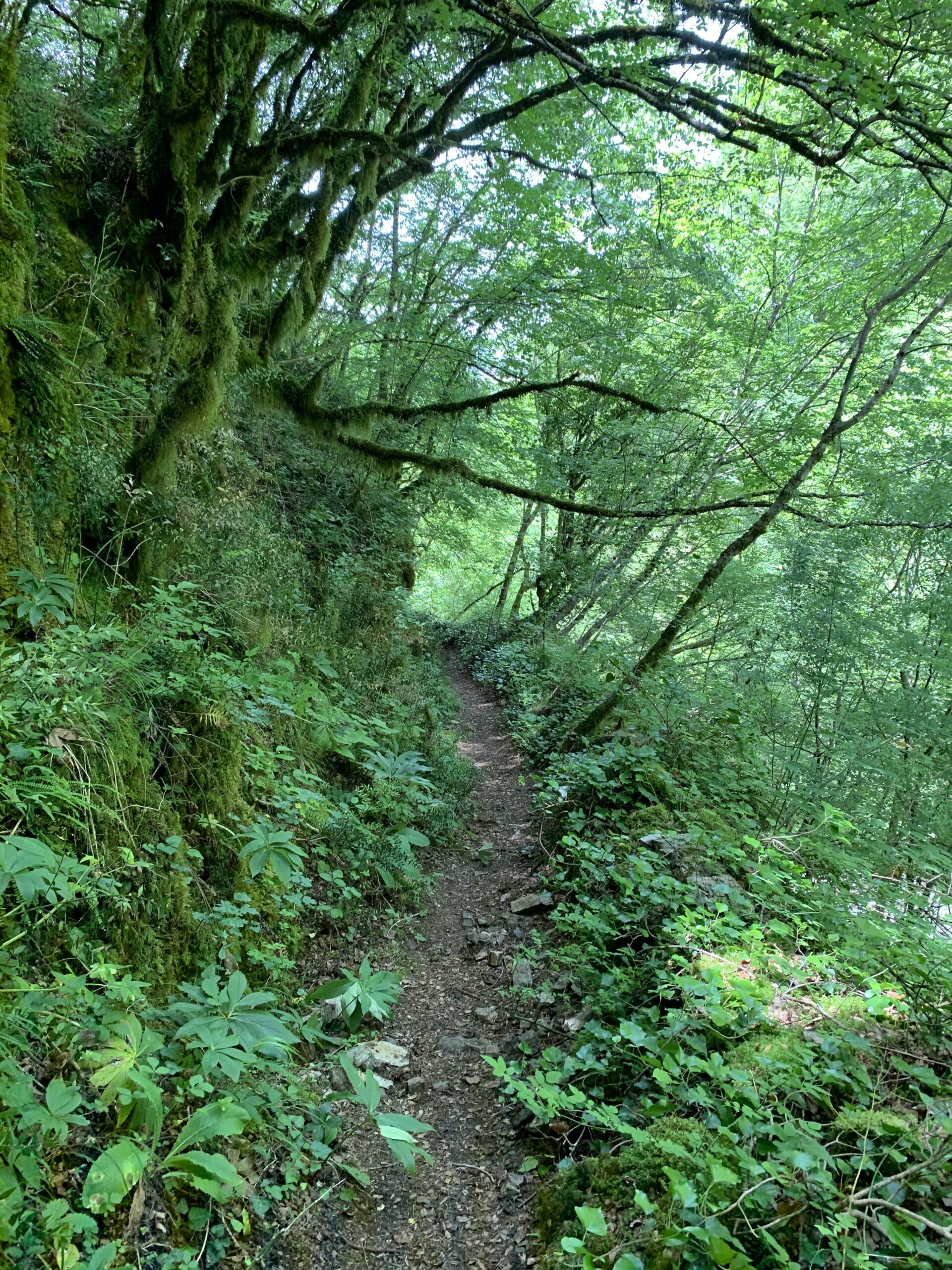
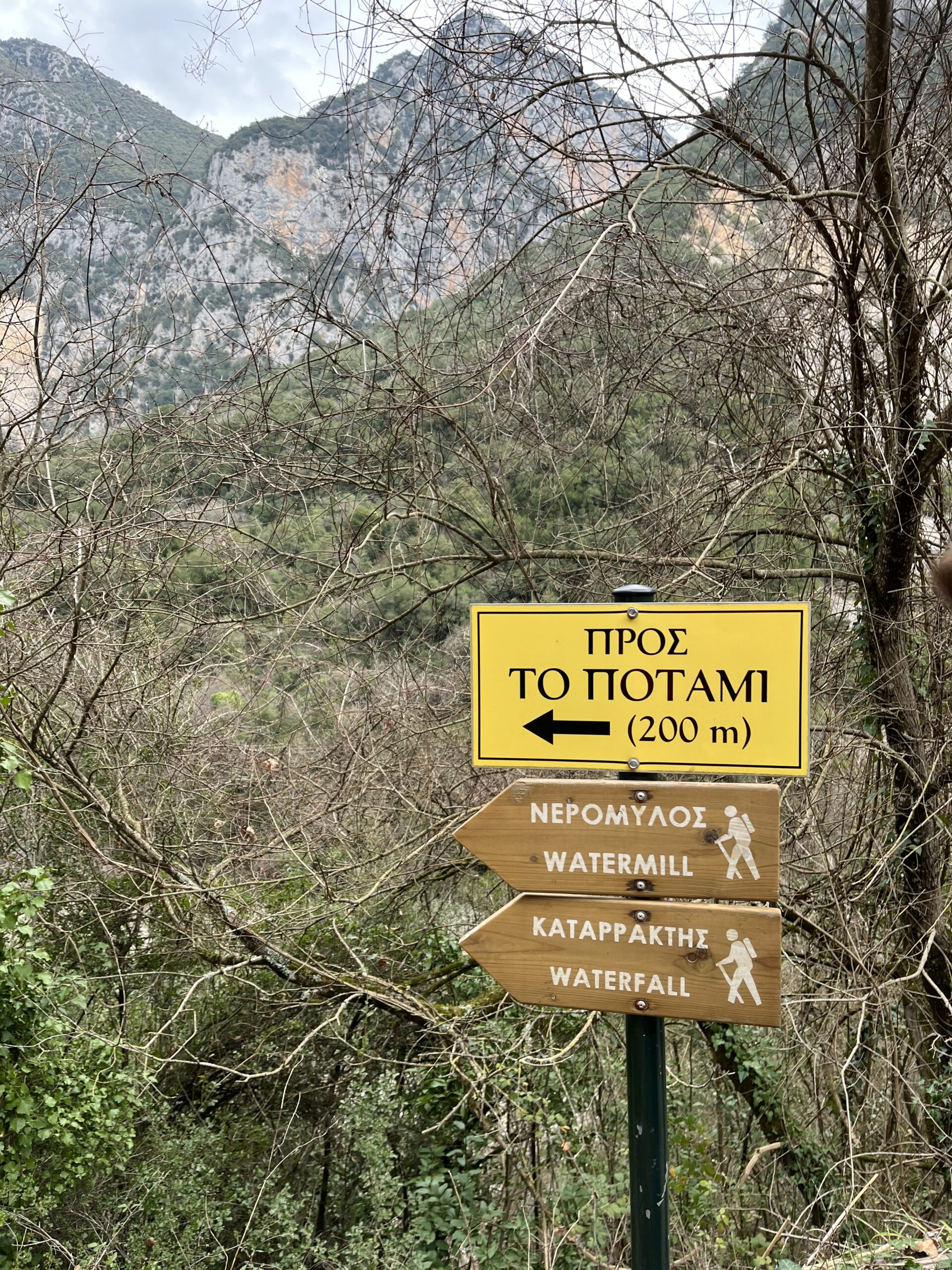
Slightly beyond the bridge, roughly 250 metres away, an old watermill, fully restored, now serves as a traditional café amid a magical landscape. Besides coffee, the spot also offers omelettes and a variety of meze dishes. Carrying on a little bit further leads to the Kouiasa waterfalls, definitely worth reaching.
Canyoning at the Gate of Paradise and Stavraetos
Nine impressive waterfalls, the biggest of these 25 metres high, feature at one of the country’s most impressive gorges, Pyli Tou Paradeisou (Gate of Paradise), in Tzoumerka. The gorge’s entry is situated before Kalarrytes, while its exit is close to the Kipina Monastery. Locals also know the gorge as Karlibou. Once into the gorge, a 15-minute walk is needed to reach the first in the series of waterfalls. Elsewhere, a lovely route through the Stavraetos gorge begins from a cobbled path next to the entrance of the village Syrrako. This passage features an impressive waterfall that is 50 metres high as well as a number of smaller waterfalls.
Visiting the Klifki waterfall, plus a swim the summer
The Klifki waterfall, situated close to the village Kalentzi, is 47 metres high. An attraction, it is at the end of the Basdekis gorge. This point offers a marvelous view of the Arachthos river as well as the dense surrounding nature. A swim in this waterfall’s cool waters is highly recommended during the summer months.
Historic Syrrako-Kalarrytes trail
A trail links Syrrako and Kalarrytes, two historic villages, united, amongst other things, by a common history. A wooden signpost at Syrrako noting “Hrousia river-Kalarrytes” marks the start of the route, beginning as a downhill cobbled path that requires care. A small wooden bridge is encountered when reaching the river and is followed by an uphill path. Kallarytes, a lovely village at a much higher altitude, takes about an hour and a half to reach along this trail.
Kayaking at Kalarrytikos river
Kayaking at the Kalarrytikos river is appropriate only for experts with high levels of fitness as this stream is strong and includes narrow, challenging passages. Support from local guides is strongly advised. The route starts at the Gogos bridge and continues through a gorge with narrow corridors and turbulent waters.
Tzoumerka’s Kefalovryso waterfall
Kefalovryso, situated in Tzoumerka, is one of Greece’s biggest waterfalls with a height of 300 metres. It is essentially comprised of two successive waterfalls, which, combined, create a breathtaking spectacle. To reach this waterfall, take a trail from the Pramanta refuge, requiring about one hour to cover.
Downhill track
Greece’s first fully organised bike park was developed in the Pramanta area by a team of people who thrive on progress. The track, ideal for enthusiasts of downhill mountain biking, is named Pramadol and runs a length of 1,800 metres for an overall descent of 450 metres. It is considered one of Greece’s leading spots for downhill mountain biking. Even so, its founders are determined to make the bike park even better by extending its total length to 2,300 metres.
Read also:



